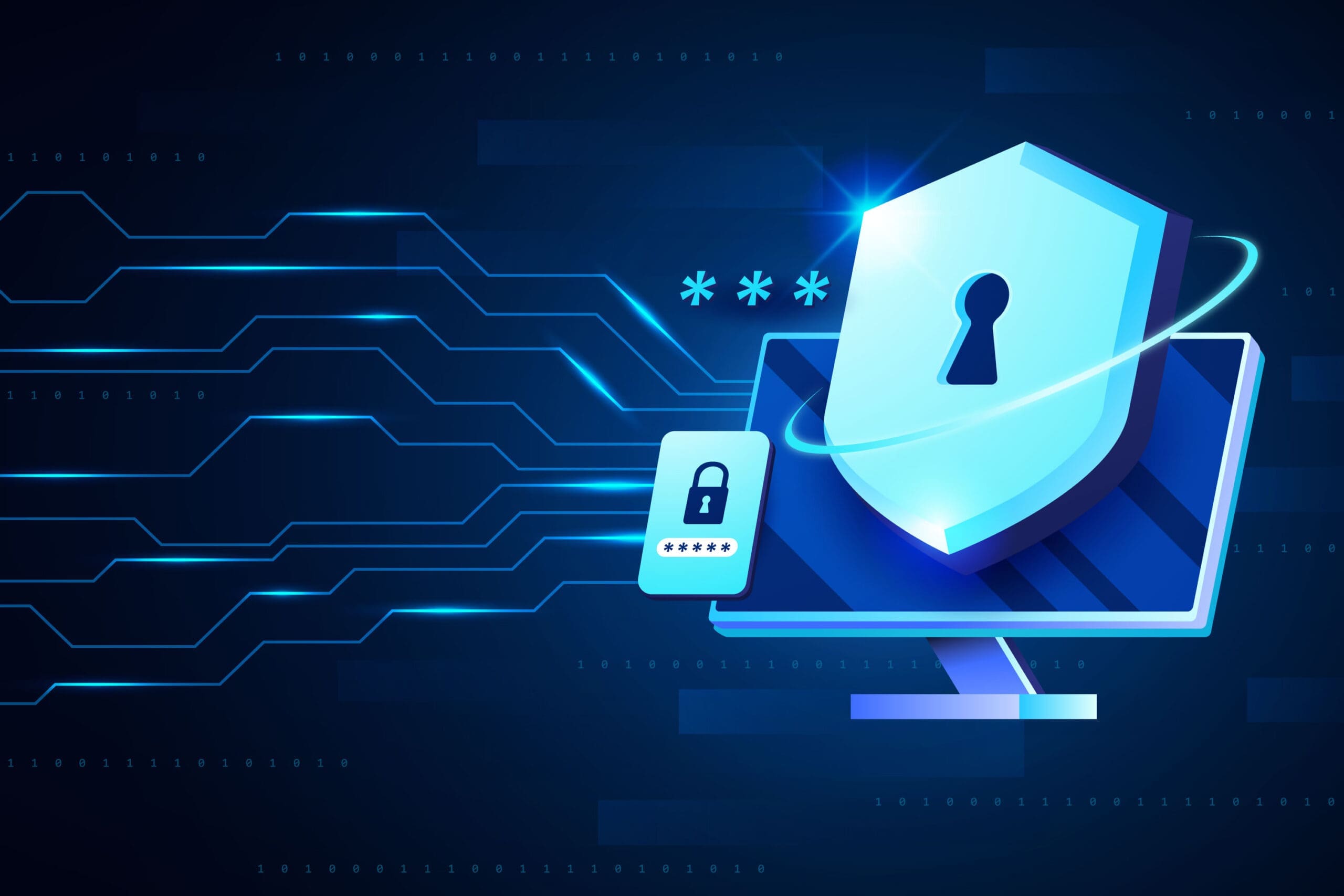
In today’s technology-driven world, the intersection of cyber threats, fraud, and inefficiency presents a unique challenge for government agencies and educational institutions. During a recent tech talk, Dr. Tina Carkhuff, a data analytics innovator and industry expert, shared insights into how organizations can leverage Splunk to mitigate fraud, enhance cybersecurity, and drive operational efficiency.
Cyber threats, fraud, and inefficiency are creating complex challenges for government agencies and educational institutions. In a recent tech talk, data analytics expert Dr. Tina Carkhuff shared how Splunk can help detect fraud, strengthen cybersecurity, and improve operational efficiency.
Who is Dr. Tina Carkhuff?
Dr. Carkhuff is a recent doctoral graduate from Liberty University, authoring a groundbreaking dissertation on the role of data analytics in detecting unemployment insurance fraud. With 30 years of industry experience, including serving as CIO for the City of Houston and working at Gartner, she now advises state, local government, and education institutions on using data analytics to improve decision-making and operational outcomes. Her work has helped governments save billions for taxpayers by ensuring funds reach those who need them most.
Splunk Beyond Cybersecurity
While Splunk is often associated with cybersecurity, Dr. Carkhuff emphasized that it’s much more than that. Splunk is a versatile data analytics platform capable of:
- Monitoring and detecting fraud
- Ensuring program integrity
- Driving operational efficiency without reducing services
The platform consolidates data from disparate systems, allowing agencies to “speak the same language” across departments, bridging gaps between applications, servers, and networks.
Real-Time Fraud Detection
A key principle Dr. Carkhuff highlighted is the value of data in its early stages. Immediately after data is generated, ranging from seconds to minutes, it can be used for real-time detection and prevention of fraud. In her work with the State of New Jersey, early detection helped prevent nearly $8 billion in fraudulent unemployment payments during the pandemic.
As data ages, its primary value shifts toward audits, forensic investigations, and compliance. Understanding this data continuum is crucial for organizations seeking to prevent losses before they occur.
Types of Fraud and Threats
Fraud actors vary widely:
- Individual actors are usually driven by financial hardship and are easier to detect.
- Organized crime and nation-state actors are highly sophisticated, often operating outside the U.S., making them difficult to prosecute.
Splunk’s analytics capabilities, combined with machine learning, allow organizations to detect both obvious and subtle schemes. Dr. Carkhuff demonstrated how small details, such as extra spaces in address fields, can reveal major fraud schemes, including $12.5 million in fraudulent unemployment claims.
Multi-Layered Fraud Detection
Splunk enables a structured approach to fraud detection, analyzing a broad spectrum of data points, such as network logs, user behavior, and endpoint activity. Risk scoring helps investigators focus on high-priority cases, reducing investigative time from weeks to minutes. This efficiency accelerates legitimate payments and ensures resources are allocated effectively.
Data for Multiple Uses
One of the most compelling aspects of Splunk is the ability to use the same data sets for multiple purposes:
- Cybersecurity monitoring
- Fraud detection
- Operational insights (budgeting, forecasting, and efficiency improvements)
By breaking down data silos, organizations can maximize ROI while creating a more transparent and efficient operational environment.
Executive Dashboards and Outcomes
Dr. Carkhuff stressed the importance of executive dashboards, which communicate complex findings in a clear, actionable way. These dashboards are invaluable for:
- Securing funding from senior leadership
- Presenting actionable insights to governors, CEOs, or COOs
- Supporting law enforcement and legal proceedings
Dashboards can be customized for any audience, from analysts to executives, allowing for clear visualization of outcomes and impact.
Driving Efficiency in Government and Education
Beyond fraud and cybersecurity, Splunk helps organizations streamline operations and increase efficiency. Key areas include:
- Reducing mean time to detection for issues
- Recovering network bandwidth
- Detecting and preventing waste, fraud, and abuse
- Managing remote work security and productivity
- Ensuring operational resilience during system outages
Monitoring software licenses, employee activity, and financial transactions uncovers hidden savings and prevents unnecessary spending.
Conclusion
Data analytics, when harnessed effectively, is a powerful tool for preventing fraud, strengthening cybersecurity, and enhancing operational efficiency. Splunk equips government agencies and educational institutions with the tools to detect subtle threats, make informed decisions, and ensure resources are allocated where they matter most.
Dr. Tina Carkhuff’s work demonstrates that combining data analytics with structured processes, machine learning, and executive-level reporting is not just about technology. It safeguards public funds, enables efficient operations, and protects organizations from fraud and misuse.
Watch the full tech talk with Dr. Tina Carkhuff on YouTube here.






